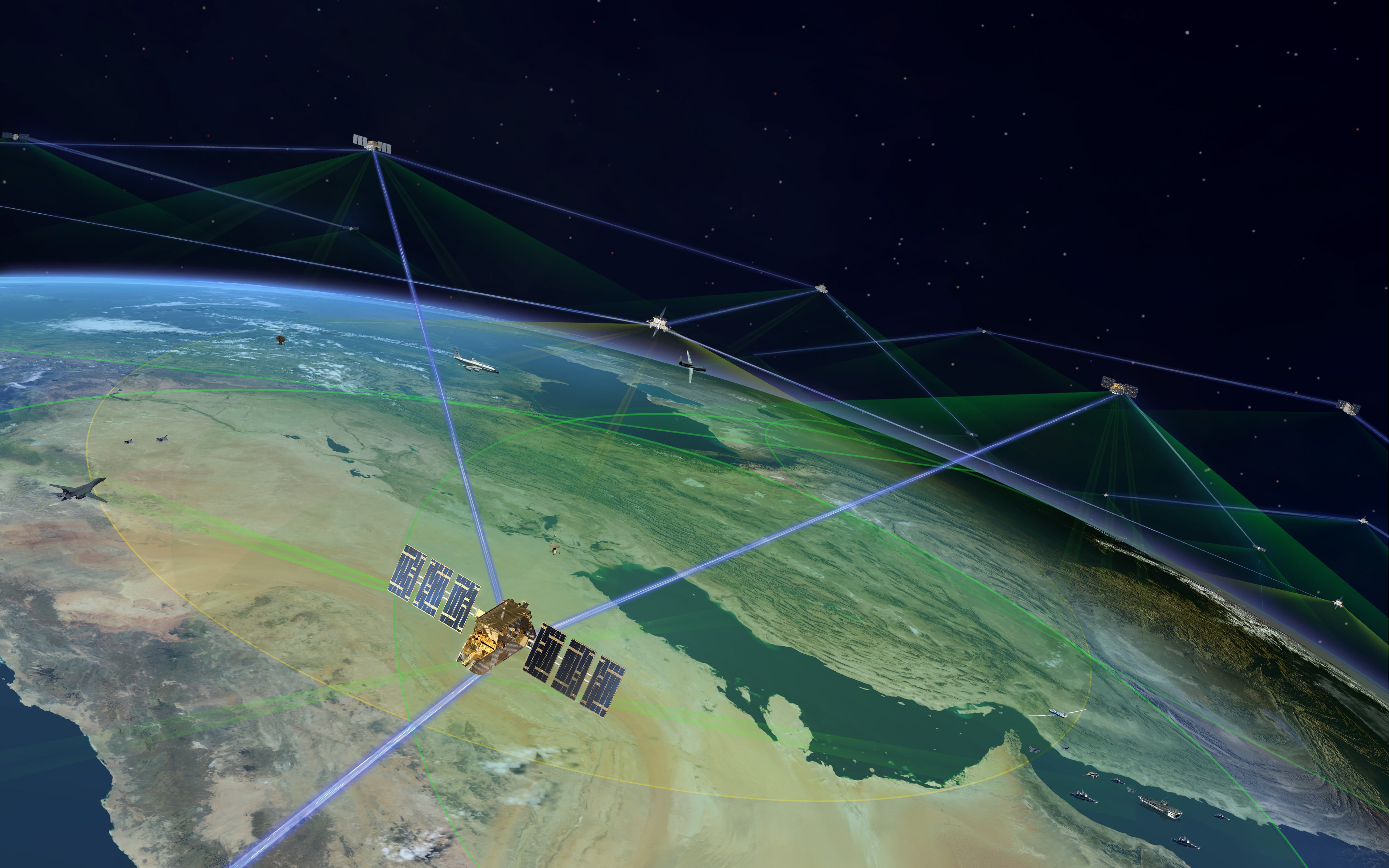In the fictional grim darkness of the 41st century, lasers guns are the standard infantry firearms. Lasers resonate in science fiction, whether that fiction is set in the future or long ago and far away, but infantry portable directed energy weapons remain solely the realm of fiction, even as nations move closer to deployable laser weapons on vehicles and ships. So what are we, the discerning public raised on a diet of rayguns, to make of the “ZKZM-500 laser assault rifle,” a prototype of which was recently field tested at the Chinese Academy of Sciences in Shaanxi?
“Well, let’s start with this: it is possible to pay me enough to hold it, but I’d probably invalidate my life insurance policy by doing so,” says Phil Broughton, certified laser safety officer.
As reported in the South China Morning Post, the ZKZM-500 is a 15mm caliber weapon that weighs 6.6 pounds, has a range of half a mile, is powered by a rechargeable lithium battery, and built to “fire more than 1,000 “shots,” each lasting no more than two seconds,” all for the intended production price of just $15,000 a rifle.
This is a marked contrast from existing directed-energy weapons and prototypes, which require far larger power supplies, are typically mounted on ships or large ground vehicles and, most important, achieve their desired kinetic effect by holding a stead laser beam against a target (like a drone, or a rocket) until the laser has burnt through whatever it is designed to destroy. Firing bursts of lasers like bullets looks good in the movies, but simply doesn’t match present capabilities.
“To make this work, you need a serious battery pack, some even more serious capacitors, optics that can take all this without turning back into sand at these energy densities, and rugged enough that you can treat this like military hardware,” says Broughton. “This is a ‘best case scenario operation only’ weapon if there ever was one.”
Laser weapons designed for use against humans are prohibited by international law, though the laws as written are less firm on incidental use in combat of lasers designed for other purposes. There’s a long history of China and other nations specifically designing lasers on the edge of these rules. The ZKZM-500 is officially classified as a being “non-lethal,” though that designation doesn’t take into account what would happen if a person actually tried firing on and it didn’t work.
“If the battery pack, caps, or the optical train catastrophically fails during a shot,” says Broughton, “you have a gravely injured soldier who is holding a small wrecked Tesla.”
Kelsey Atherton blogs about military technology for C4ISRNET, Fifth Domain, Defense News, and Military Times. He previously wrote for Popular Science, and also created, solicited, and edited content for a group blog on political science fiction and international security.








